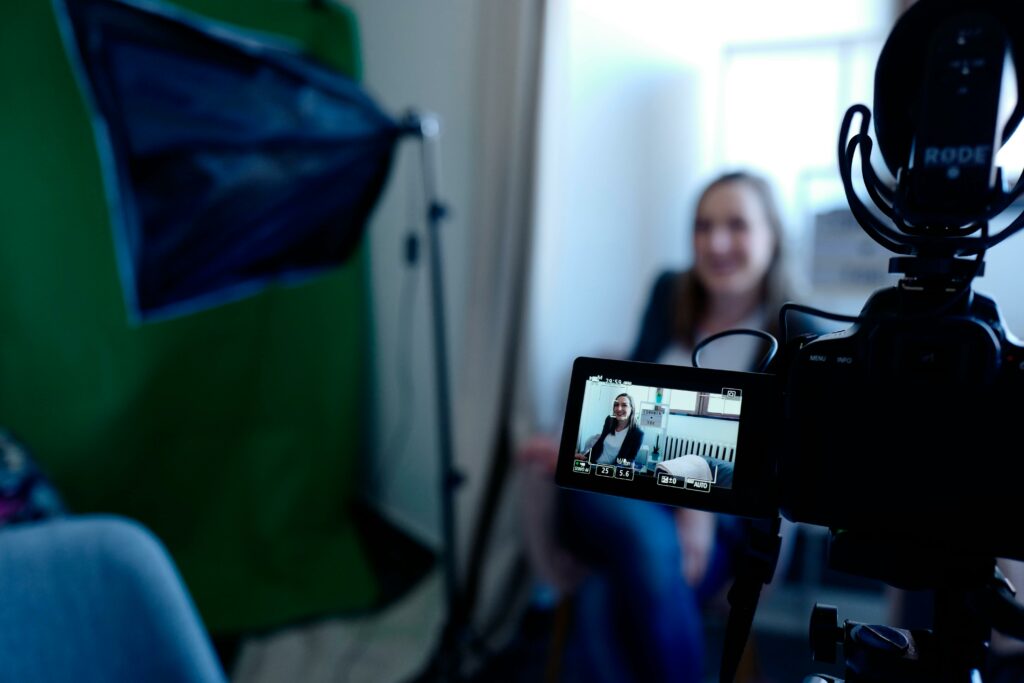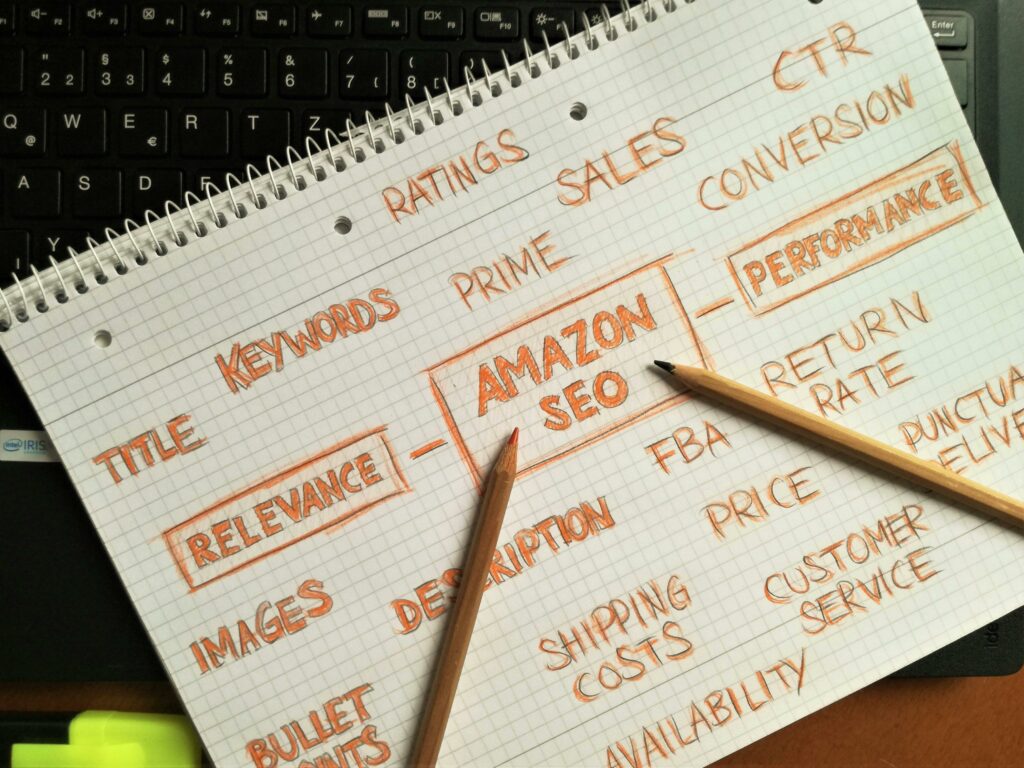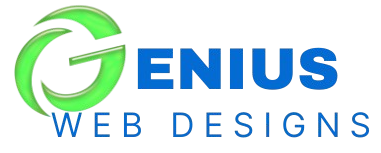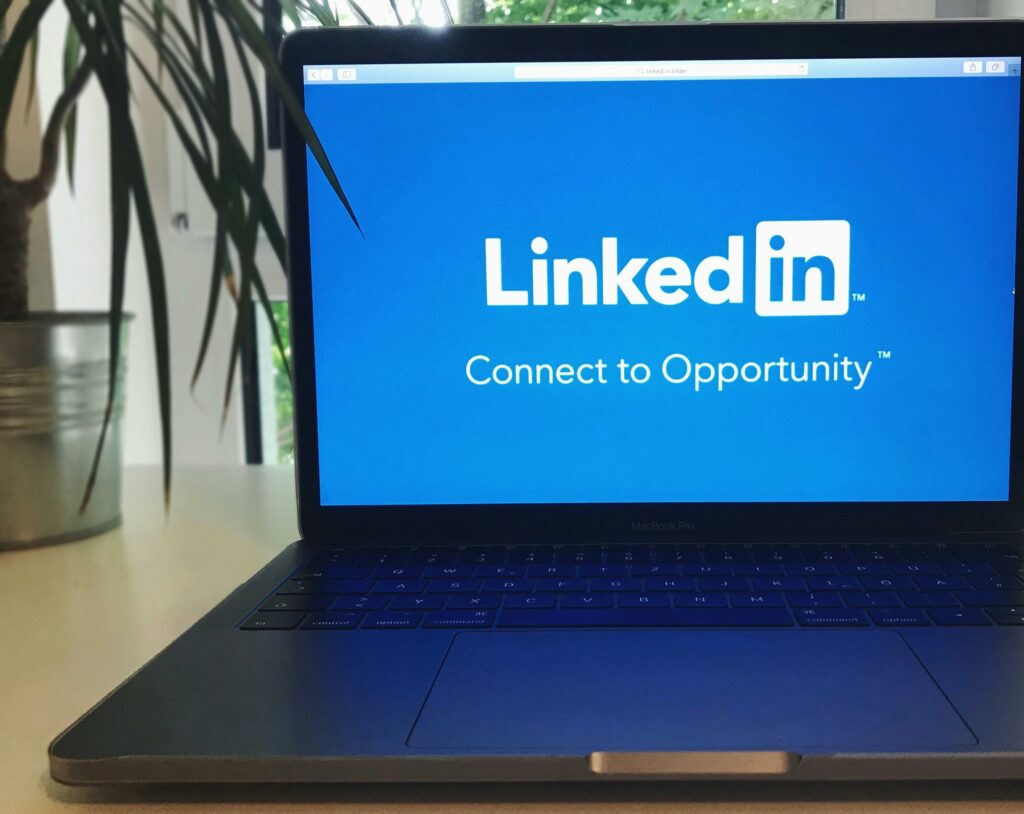
Introduction
Did you know that increasing customer retention rates by just 5% can boost your profits by 25% to 95%? It’s true—keeping your customers engaged and loyal isn’t just good for relationships; it’s great for your bottom line. But in today’s fast-paced, competitive market, drive engagement and retaining customers can feel like a daunting task. Where do you even start?
The good news? You don’t need a magic formula. With the right strategies, you can build stronger connections with your audience, keep them coming back for more, and turn them into lifelong advocates for your brand. In this article, we’ll explore 5 proven tactics to drive engagement and retain customers, from leveraging the power of content marketing and video marketing to mastering email automation, optimizing your website with CRO, and creating meaningful connections through webinars and podcasts.
Whether you’re a small business owner or a marketing pro, these actionable tips will help you create a customer experience that not only attracts but also keeps your audience loyal. Let’s dive in!
Ready to take your customer engagement and retention strategies to the next level?
Schedule a Consultation
1. Content Marketing: Build Trust and Authority
When it comes to driving engagement and retaining customers, content marketing is one of the most powerful tools in your arsenal. Why? Because great content doesn’t just attract attention—it builds trust, establishes your authority, and keeps your audience coming back for more. Whether it’s through blog writing, in-depth articles, or captivating visual storytelling, content marketing allows you to connect with your audience on a deeper level while providing real value.
Why Content Marketing Works
- Educates Your Audience: By addressing your customers’ pain points and answering their questions, you position your brand as a go-to resource. For example, a well-written blog post about “5 Ways to Simplify Your Morning Routine” can resonate with busy professionals, making them more likely to trust your brand.
- Boosts SEO: High-quality, SEO-optimized content helps your website rank higher on search engines, making it easier for potential customers to find you. Keywords like “drive engagement” and “retain customers” can be naturally woven into your content to improve visibility.
- Builds Trust: Consistently delivering valuable content shows your audience that you’re not just about selling—you’re about helping. This builds trust, which is the foundation of long-term customer relationships.
How to Leverage Content Marketing
- Create a Content Calendar: Plan your topics in advance to ensure consistency. Focus on themes that align with your audience’s interests and needs.
- Mix It Up: Combine blog posts with visual storytelling like infographics, charts, and images to make your content more engaging and shareable.
- Optimize for SEO: Use relevant keywords, meta descriptions, and headers to make your content search-engine friendly. For example, if you’re writing about “how to retain customers,” ensure the phrase appears naturally throughout the article.
- Repurpose Content: Turn a blog post into a video, an infographic, or even a social media series to maximize its reach and impact.
Real-World Example
Imagine you run a fitness brand. A blog post titled “10 Easy Home Workouts to Stay Fit” not only attracts fitness enthusiasts but also establishes your brand as an authority in the space. Pair it with an infographic showing workout routines, and you’ve got a piece of content that’s both informative and visually appealing—perfect for driving engagement.
Actionable Tip
Start by identifying your audience’s most pressing questions or challenges. Create content that addresses these topics, and don’t forget to include a strong call-to-action (CTA) to encourage further interaction, like signing up for your newsletter or exploring your products.
By consistently delivering valuable, well-crafted content, you’ll not only drive engagement but also retain customers who see your brand as a trusted partner in their journey. Ready to take your content marketing to the next level? Let’s move on to the next tactic!

2. Video Marketing: Captivate Your Audience
In a world where attention spans are shorter than ever, video marketing has emerged as one of the most effective ways to drive engagement and retain customers. Why? Because videos are dynamic, visually appealing, and incredibly shareable. Whether it’s a quick TikTok clip, a detailed YouTube tutorial, or a heartfelt brand story, video content has the power to captivate your audience and leave a lasting impression. With tools like FlexClip, creating professional-looking videos has never been easier, even without prior editing experience.
Why Video Marketing Works
- High Engagement: Videos are more likely to be watched, shared, and remembered than text-based content. In fact, studies show that viewers retain 95% of a message when they watch it in a video compared to 10% when reading it in text.
- Emotional Connection: Videos allow you to tell stories, showcase your brand’s personality, and connect with your audience on an emotional level. This builds trust and loyalty, which are key to retaining customers.
- Versatility: From short-form content on TikTok to long-form videos on YouTube, there’s a platform and format for every type of audience.
How to Leverage Video Marketing
- Choose the Right Platform: Tailor your video content to the platform. For example:
- TikTok: Short, catchy, and trendy videos that grab attention in seconds.
- YouTube: Longer, in-depth content like tutorials, product reviews, or behind-the-scenes looks.
- Instagram Reels: Visually appealing clips that align with your brand’s aesthetic.
- Tell a Story: Whether it’s a customer success story, a day in the life of your team, or a how-to guide, storytelling makes your videos more relatable and memorable.
- Optimize for SEO: Use keywords in your video titles, descriptions, and tags to improve discoverability. For example, a video titled “5 Tips to Drive Engagement with Video Marketing” can attract viewers searching for those terms.
- Include a Call-to-Action (CTA): Encourage viewers to take the next step, whether it’s subscribing to your channel, visiting your website, or making a purchase.
Real-World Example
Imagine you’re a skincare brand. A YouTube video titled “5-Minute Morning Skincare Routine for Glowing Skin” not only provides value to your audience but also showcases your products in action. Pair it with a TikTok clip highlighting a before-and-after transformation, and you’ve got a winning combination that drives engagement and builds trust.
Actionable Tip
Start small if you’re new to video marketing. Use your smartphone to create short, authentic clips that highlight your brand’s unique value. As you gain confidence, invest in better equipment and explore different formats like live streams, Q&A sessions, or customer testimonials.
By incorporating video marketing into your strategy, you’ll not only capture your audience’s attention but also create meaningful connections that keep them coming back for more. Ready to explore the next tactic? Let’s keep going!

3. Email Marketing & Automation: Nurture Leads Effectively
When it comes to driving engagement and retaining customers, few tools are as powerful as email marketing. Why? Because email allows you to connect with your audience directly, personally, and at scale. But here’s the secret sauce: pairing email marketing with automation takes it to the next level. By nurturing leads with timely, relevant, and personalized messages, you can guide them through the customer journey and turn them into loyal advocates for your brand.
Why Email Marketing & Automation Work
- Personalization: Automated emails can be tailored to each recipient based on their behavior, preferences, or stage in the buyer’s journey. This makes your messages feel more relevant and engaging.
- Consistency: Automation ensures that no lead falls through the cracks. Whether it’s a welcome series for new subscribers or a follow-up email after a purchase, your audience receives the right message at the right time.
- Cost-Effective: Email marketing has one of the highest ROIs of any marketing channel, making it a smart investment for businesses of all sizes.
How to Leverage Email Marketing & Automation
- Segment Your Audience: Divide your email list into groups based on factors like demographics, purchase history, or engagement level. This allows you to send targeted messages that resonate with each segment.
- Create Automated Sequences: Set up email workflows that trigger based on specific actions. For example:
- Welcome Series: Introduce new subscribers to your brand and highlight your best content or products.
- Abandoned Cart Emails: Remind customers about items they left behind and encourage them to complete their purchase.
- Re-Engagement Campaigns: Reach out to inactive subscribers with a special offer or update to win them back.
- Focus on Value: Every email should provide value, whether it’s helpful tips, exclusive discounts, or entertaining content. Avoid being overly salesy—build trust first.
- Optimize for Engagement: Use compelling subject lines, clear CTAs, and mobile-friendly designs to boost open and click-through rates.
Real-World Example
Imagine you run an online bookstore. A new subscriber joins your email list after downloading a free guide on “10 Must-Read Books for 2024.” You can set up an automated welcome series that:
- Email 1: Thanks them for subscribing and shares a curated list of bestselling books.
- Email 2: Offers a 10% discount on their first purchase.
- Email 3: Sends personalized recommendations based on their reading preferences.
This approach not only drives engagement but also nurtures the lead toward making a purchase—and eventually becoming a loyal customer.
Actionable Tip
Start by mapping out your customer journey. Identify key touchpoints where an automated email could add value, such as after a sign-up, purchase, or website visit. Use tools like Mailchimp, HubSpot, or Klaviyo to set up your sequences and track performance.
By combining email marketing with automation, you can create a seamless, personalized experience that keeps your audience engaged and coming back for more. Ready to explore the next tactic? Let’s keep the momentum going!

4. Conversion Rate Optimization (CRO): Maximize Conversions
You’ve done the hard work of driving traffic to your website—now it’s time to make sure those visitors take action. That’s where Conversion Rate Optimization (CRO) comes in. CRO is all about improving your website’s performance to turn more visitors into customers. Whether it’s optimizing your landing pages, simplifying your checkout process, or refining your calls-to-action (CTAs), CRO helps you maximize conversions and get the most out of your traffic.
Why CRO Matters
- Boosts ROI: Even small improvements in your conversion rate can lead to significant increases in revenue. For example, increasing your conversion rate from 2% to 3% can mean 50% more sales without any additional traffic.
- Enhances User Experience: CRO isn’t just about pushing for sales—it’s about creating a seamless, enjoyable experience for your visitors. A well-optimized website keeps users engaged and encourages them to return.
- Data-Driven Decisions: CRO relies on testing and analytics, so you’re making changes based on real user behavior, not guesswork.
How to Leverage CRO
- Optimize Landing Pages: Your landing pages are often the first impression you make on a visitor. Ensure they are clear, visually appealing, and focused on a single goal. Key elements include:
- A compelling headline that grabs attention.
- A strong CTA that stands out and tells users exactly what to do next.
- Trust signals like testimonials, reviews, or security badges.
- Simplify Forms: Long, complicated forms can scare users away. Keep forms short and only ask for essential information. For example, if you’re collecting email sign-ups, just ask for a name and email address.
- A/B Testing: Test different versions of your pages to see what works best. This could include testing headlines, CTAs, images, or even button colors. Tools like Google Optimize or Optimizely can help you run these tests.
- Improve Page Speed: Slow-loading pages can kill conversions. Use tools like Google PageSpeed Insights to identify and fix issues that are slowing down your site.
- Mobile Optimization: With more users browsing on mobile devices, ensure your site is fully responsive and easy to navigate on smaller screens.
Real-World Example
Imagine you run an e-commerce store selling eco-friendly products. You notice that many users abandon their carts before completing a purchase. By implementing CRO strategies, such as:
- Adding a progress bar to the checkout process.
- Including customer reviews and trust badges on product pages.
- Simplifying the checkout form to just a few fields.
You could significantly reduce cart abandonment and maximize conversions.
Actionable Tip
Start by analyzing your website’s performance using tools like Google Analytics or Hotjar. Identify pages with high traffic but low conversion rates, and focus your CRO efforts there. Run A/B tests to see what changes have the biggest impact.
By focusing on Conversion Rate Optimization, you can turn more of your website visitors into loyal customers, ensuring that your hard-earned traffic doesn’t go to waste. Ready to dive into the next tactic? Let’s keep the momentum going!

5. Webinar & Podcast Marketing: Educate and Connect
In a world where consumers crave authenticity and value, webinars and podcasts have become powerful tools for driving engagement and retaining customers. These formats allow you to educate your audience, showcase your expertise, and build meaningful connections—all while providing content that’s both informative and entertaining. Whether you’re hosting a live webinar or launching a podcast series, these strategies can help you stand out in a crowded market.
Why Webinars and Podcasts Work
- Build Trust and Authority: By sharing valuable insights and actionable advice, you position your brand as a thought leader in your industry.
- Engage Your Audience: Webinars and podcasts create opportunities for real-time interaction and deeper engagement. For example, live Q&A sessions during webinars or listener-submitted questions on podcasts make your audience feel heard and valued.
- Long-Term Value: Both webinars and podcasts can be repurposed into other content formats, such as blog posts, social media clips, or email newsletters, extending their reach and impact.
How to Leverage Webinar Marketing
- Choose a Relevant Topic: Focus on topics that address your audience’s pain points or interests. For example, if you’re a SaaS company, a webinar on “5 Tools to Boost Productivity in 2024” would likely attract a lot of interest.
- Promote Effectively: Use email marketing, social media, and your website to spread the word about your webinar. Include a clear CTA to register.
- Engage During the Event: Use polls, Q&A sessions, and live chats to keep your audience engaged. The more interactive your webinar, the more memorable it will be.
- Follow Up: Send a recording of the webinar to attendees and those who registered but couldn’t make it. Include a CTA to explore your products or services.
How to Leverage Podcast Marketing
- Define Your Niche: Choose a specific topic or theme that aligns with your brand and resonates with your target audience. For example, a fitness brand might host a podcast called “The Healthy Habits Podcast.”
- Plan Engaging Content: Mix up your content formats—interview industry experts, share success stories, or discuss trending topics in your field.
- Promote Your Episodes: Share snippets of your podcast on social media, embed episodes in blog posts, and encourage listeners to subscribe and leave reviews.
- Collaborate with Guests: Invite guests who can bring their own audience to your podcast, helping you reach new listeners.
Real-World Example
Imagine you’re a financial advisor. Hosting a webinar titled “How to Plan for Retirement in Your 30s” not only provides value to your audience but also establishes you as an expert in your field. Similarly, launching a podcast like “Money Matters with [Your Name]” allows you to share tips, interview other financial experts, and build a loyal listener base.
Actionable Tip
Start small if you’re new to webinars or podcasts. For webinars, use free tools like Zoom or Google Meet to host your first event. For podcasts, invest in a good microphone and use platforms like Anchor to distribute your episodes. Consistency is key—whether it’s a monthly webinar or a weekly podcast, stick to a schedule to keep your audience engaged.
By incorporating webinar and podcast marketing into your strategy, you can educate your audience, build trust, and create lasting connections that keep them coming back for more. Ready to wrap it all up? Let’s head to the conclusion!

Conclusion
Driving engagement and retaining customers doesn’t have to be a mystery. With the right strategies, you can create meaningful connections with your audience, keep them coming back for more, and turn them into loyal advocates for your brand. From leveraging the power of content marketing and video marketing to mastering email automation, optimizing your website with CRO, and building trust through webinars and podcasts, these 5 proven tactics provide a roadmap for success.
Each of these strategies plays a unique role in the customer journey:
- Content marketing builds trust and authority.
- Video marketing captivates and emotionally connects.
- Email marketing nurtures leads with personalized, timely messages.
- CRO maximizes conversions by improving user experience.
- Webinars and podcasts educate and foster deeper connections.
The key is to integrate these tactics into a cohesive strategy that aligns with your brand’s goals and your audience’s needs. Start small, test what works, and scale up as you see results. Remember, customer retention isn’t a one-time effort—it’s an ongoing process of delivering value, building trust, and staying engaged.
So, what are you waiting for? Pick one tactic to focus on this week, and take the first step toward driving engagement and retaining customers. Your audience—and your bottom line—will thank you!
Got questions or success stories to share? Drop a comment below or reach out—we’d love to hear how these strategies are working for you! 🚀
Ready to take your customer engagement and retention strategies to the next level?




